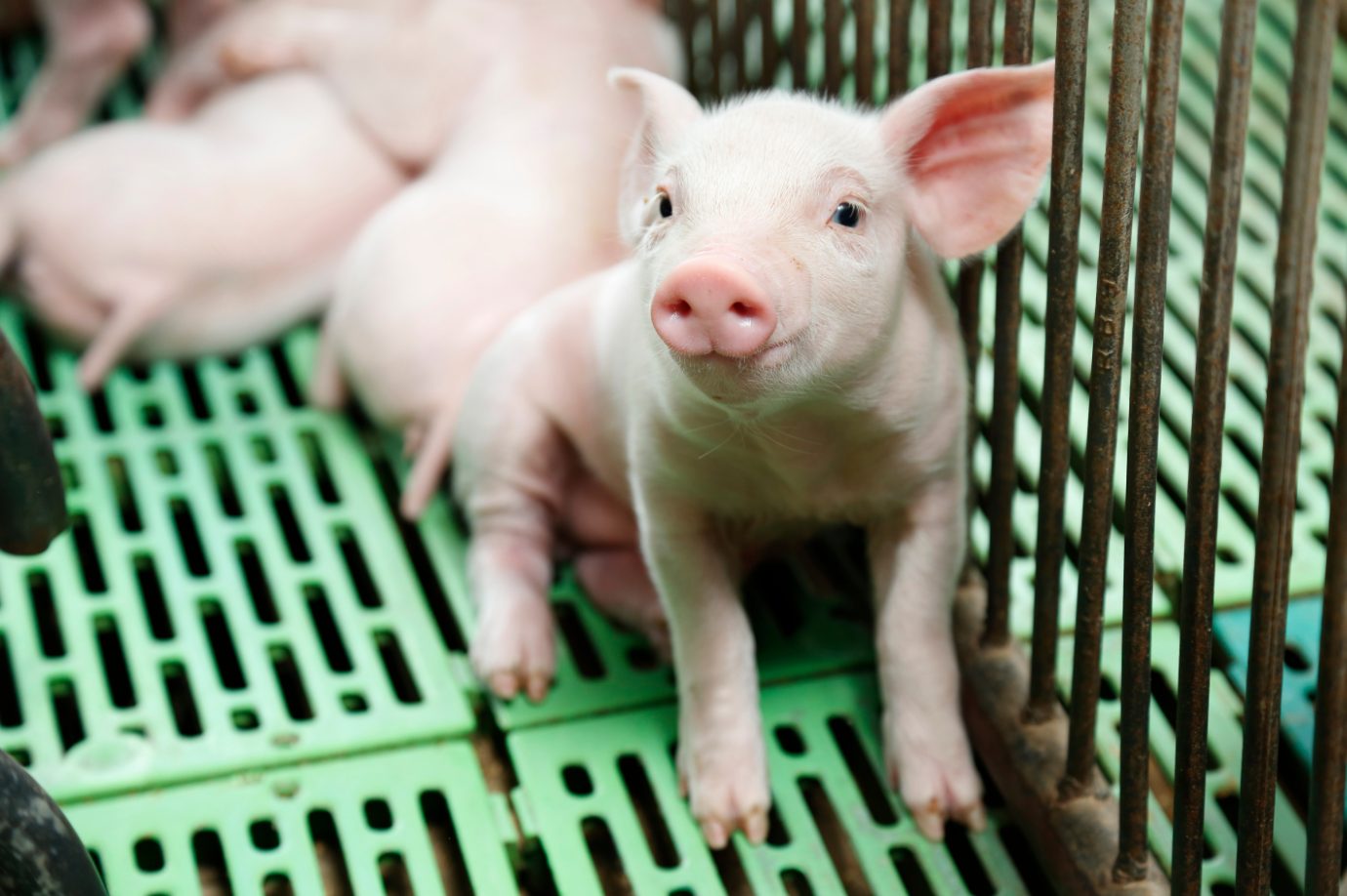 30 Dec 2022
30 Dec 2022
Historically, interest in lipids for swine nutrition has emphasized the effects of dietary fat on performance during various stages of production.
![]() Several studies were conducted on the influence of n-3 polyunsaturated fatty acids (PUFAs) in the diet in relation to boar sperm quality, as reviewed in NRC (2012).
Several studies were conducted on the influence of n-3 polyunsaturated fatty acids (PUFAs) in the diet in relation to boar sperm quality, as reviewed in NRC (2012).
 For nulliparous sows and sows during late gestation and lactation, attention has been paid to the influence of lipid supplementation on milk production, lipid content in milk, and piglet yield and viability (Verstegen et al. , 1998).
For nulliparous sows and sows during late gestation and lactation, attention has been paid to the influence of lipid supplementation on milk production, lipid content in milk, and piglet yield and viability (Verstegen et al. , 1998).

Producers have dedicated their efforts to improving the digestibility and energy value of lipids (Jørgensen and Fernandez, 2000). As well as manipulating the nutritional quality of pork, with special emphasis on FA composition, to meet human health recommendations (Wood et al., 2004).
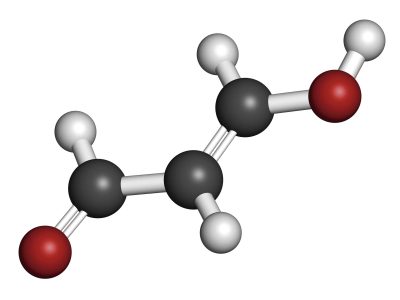 Short-chain fatty acids (SCFAs, i.e., acetate, propionate, butyrate), which can be added as feed additives, are produced through microbial fermentation of non-digestible carbohydrates and starch in the hindgut. These represent an energy source for the host (Sciascia et al. , 2016).
Short-chain fatty acids (SCFAs, i.e., acetate, propionate, butyrate), which can be added as feed additives, are produced through microbial fermentation of non-digestible carbohydrates and starch in the hindgut. These represent an energy source for the host (Sciascia et al. , 2016).
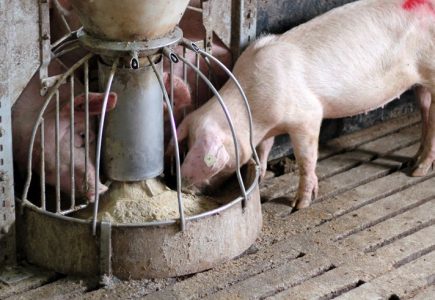
Digestion, absorption and metabolism of dietary lipids are affected by the fatty acid composition of the diet. Especially by the degree of saturation and chain length, as well as the position of fatty acids in the TG molecule.
In general, unsaturated lipids are more digestible in pigs than saturated lipids, which can be attributed to greater facility with which lipase can access the TG molecule(Ravindran et al., 2016).
Fatty acids with a chain length of 12 carbons (C) or less will be absorbed through portal blood, while fatty acids with a chain length of 14 C or greater will be absorbed through lymph.
The digestibility of dietary lipids can be assessed by determining apparent or true digestibility by assessing the difference between lipids ingested in food and lipids excreted in faeces.
Endogenous loss occurs due to excretion of:
and may vary not only with dry matter intake but also with the source and level of dietary lipids (Kil et al. , 2010). The apparent digestibility of total tract lipids varies between 25% and 77% (Noblet and Van Milgen, 1994) and is limited to total digestibility of the actual tract rather than ileal digestibility, which ignores microbial synthesis of FAs in the gut.
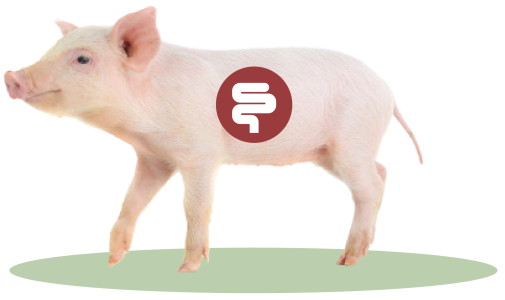
Lipid inclusion in diets can improve protein digestibility as it slows down the passage rate within the gut, which contrasts with the effects of fiber (Kil et al., 2010).
Lipid contribution in piglet diets
[register]The difference in FA chain length within the diet seems to influence the performance of piglets (Azain, 1993). Which can be explained by the complexity of digestion and absorption processes.
![]()
This can be even more challenging at the time of weaning and especially when piglets are weaned at a young age or with low weight.
During the immediate post-weaning period, piglets may undergo reduced enzymatic activity which is important for digestion and hydrolysis of dietary FAs. As shown by Jensen et al. (1996), there was a drastic reduction of lipase, colipase, and CEH in pancreatic tissue during the first 2 weeks after weaning (when piglets were weaned at 28 days of age).
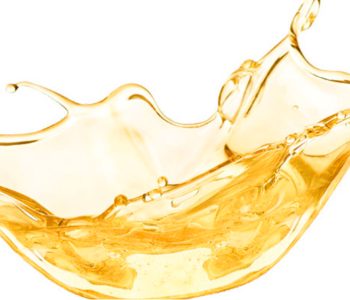
Combined dietary supplementation of MCTs with different lipases may be a strategy to improve lipid bioavailability. In weaned piglets, this combination improved daily live weight gain (Dietrick et al. , 2002).
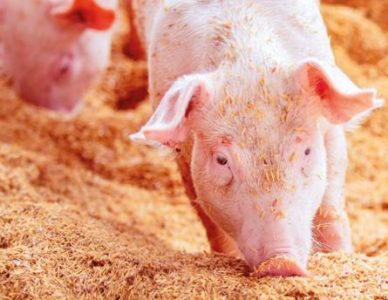
Other dietary strategies to improve FA transfer could involve adding emulsifiers to diets, thus forming a bridge between water- and fat-soluble materials, leading to better fat utilization.
Endogenous emulsifiers produced in the gut are mainly bile acids and salts, which can reduce the tension of the oil-water interface while also activating pancreatic lipase. On the other hand, there is a long list of available nutritional emulsifiers which includes: lecithins, monoglycerides, and diglycerides (Ravindran et al. , 2016).
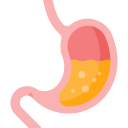
Mature pigs hold a gastric pH that ranges from 2.0 to 3.0. Meanwhile the gastric pH in lactating and weaned piglets ranges from 2.6 to 5.0. It is important to maintain a low gastric pH not only to prevent pathogen overgrowth but also for omptimizing nutrient digestibility (Canibe et al., 2001).
Although the inclusion of MCTs in early piglet nutrition represents an important energy supply and has been shown to improve pig performance, there is still great interest in long-chain PUFAs. Considering the fact that this type of FAs are incorporated into cell membranes and can have a significant impact on piglets’ gut health and function.
Intestinal Microbiota
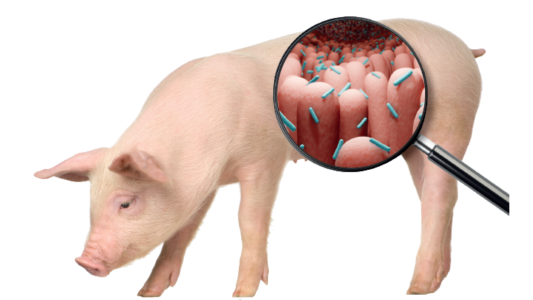
Pigs are born sterile but rapidly acquire and develop an established microbiota through fecal-oral transmission through their postpartum environment, milk and feed. After the initial colonization, the gut microbiota remains relatively stable until weaning.
One of the most important factors affecting the total population and diversity of the gut microbiota is the composition of the diet; however, little is known about the effect of dietary lipids on microbiota composition in pigs.
![]() Several studies have been conducted to evaluate the effect of applying organic acids such as lactic, formic and propionic acid to the diet to reduce the pH of the intestinal digest in order to reduce pathogenic overgrowth and thereby control post-weaning diarrhea in pigs (Metzler et al. , 2005; Vondruskova et al., 2010).
Several studies have been conducted to evaluate the effect of applying organic acids such as lactic, formic and propionic acid to the diet to reduce the pH of the intestinal digest in order to reduce pathogenic overgrowth and thereby control post-weaning diarrhea in pigs (Metzler et al. , 2005; Vondruskova et al., 2010).
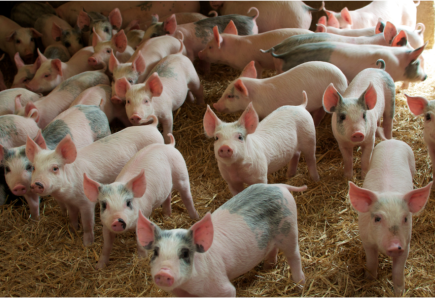
Another area of interest focuses on how enteric microbiota manipulation affects lipid digestibility, absorption, and metabolism:
![]() The growth-promoting effect of antibiotic growth promoters has been correlated in part with decreased bile salt hydrolase (BSH) activity (Lin, 2014), which is an enzyme produced by gut bacteria that catalyzes bile acid deconjugation in the gut (Begley et al., 2006).
The growth-promoting effect of antibiotic growth promoters has been correlated in part with decreased bile salt hydrolase (BSH) activity (Lin, 2014), which is an enzyme produced by gut bacteria that catalyzes bile acid deconjugation in the gut (Begley et al., 2006).
Conclusions
Lipid nutrition encompasses a wide range of bioactive FAs that may offer beneficial effects for pigs before and after weaning.
Antimicrobial lipids (SCFA and MCFA) have promising antibacterial activities and can supply immediate energy to the host.
Both the antibacterial and immunological properties of the epithelium are important for its barrier function.
| It can be concluded that the strategic use of FAs could potentially optimize piglet gut growth, function, and health. Especially during challenging stages of development and bowel function, as is the case for low birth weight piglets, and those suffering from weaning stress. |
[/register]
Subscribe now to the technical magazine of animal nutrition
AUTHORS

Nutritional Interventions to Improve Fertility in Male Broiler Breeders
Edgar Oviedo
The Use of Organic Acids in Poultry: A Natural Path to Health and Productivity
M. Naeem
Synergistic Benefits of Prebiotics and Probiotics in Poultry, Swine, and Cattle
Gustavo Adolfo Quintana-Ospina
Hybrid Rye Potential in Laying Hen Feed Rations
Gwendolyn Jones
A day in the life of phosphorus in pigs: Part I
Rafael Duran Giménez-Rico
Use of enzymes in diets for ruminants
Braulio de la Calle Campos
Minerals and Hoof Health in the Pregnant Sow
Juan Gabriel Espino
Impact of Oxidized Fats on Swine Reproduction and Offspring
Maria Alejandra Perez Alvarado